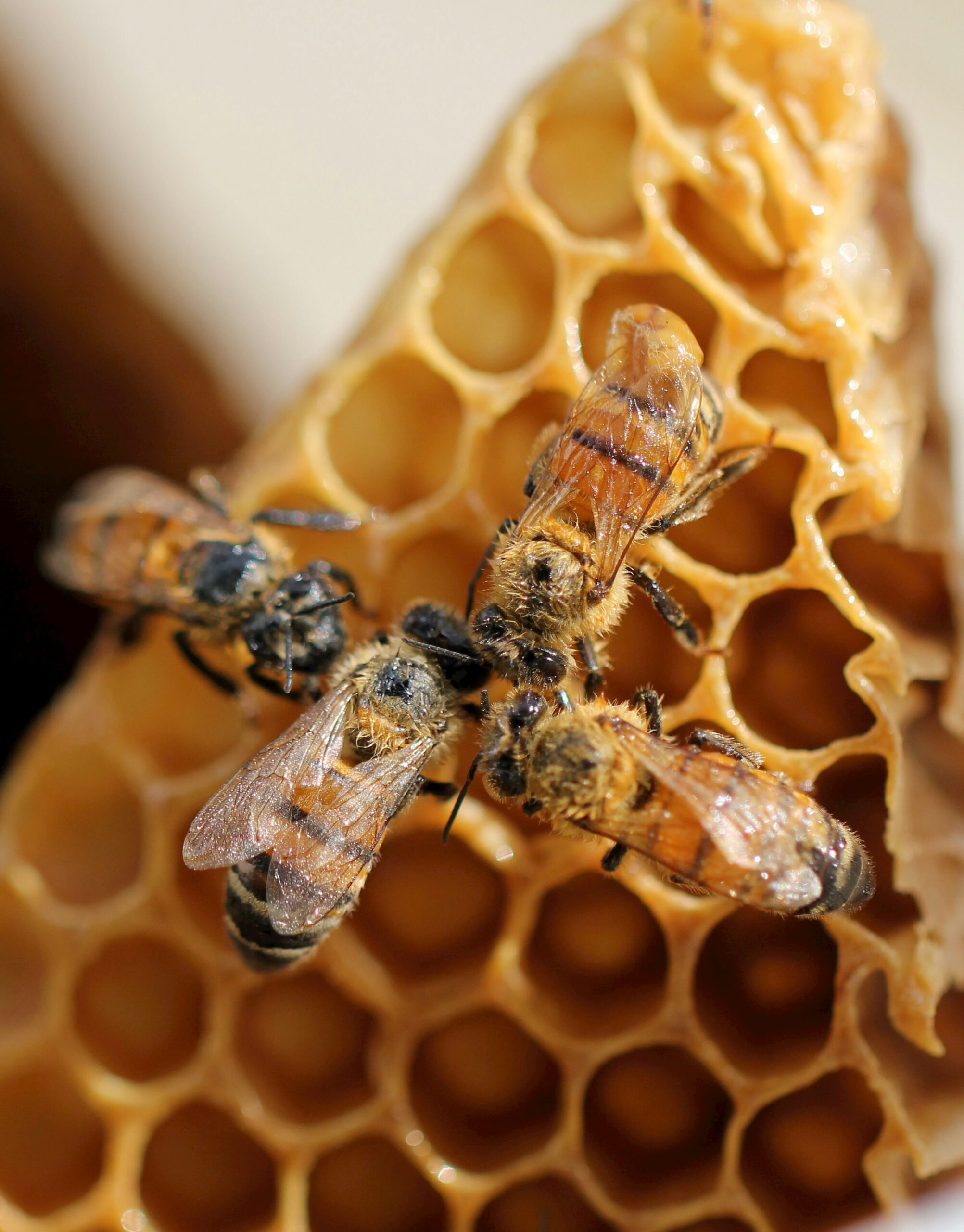Bees are fascinating creatures that play a crucial role in our ecosystem as pollinators. However, one peculiar behavior of bees is that they die after stinging. This unique characteristic is attributed to the anatomy and biology of bees.
When a bee stings, it uses its stinger as a defensive mechanism to protect itself or its colony. The stinger is connected to the bee’s venom sac, which contains venom that is injected into the target. While the venom can cause pain and discomfort to humans, it serves as a deterrent to potential threats.
Unlike other insects, the bee’s stinger is barbed, meaning it has tiny hooks that allow it to lodge itself into the target’s skin. When the bee stings, it releases venom and becomes attached to the target. As the bee tries to pull away, the barbed stinger remains embedded in the skin, tearing away from the bee’s abdomen.
Unfortunately, this detachment is fatal for the bee. The bee’s abdomen is connected to vital organs and muscles necessary for its survival. When the bee loses its abdomen, it also loses its ability to regulate its body temperature, digest food, and perform other essential functions. This ultimately leads to the bee’s death.
It’s important to note that not all bees die after stinging. Honeybees, for instance, have barbed stingers that become lodged in the target, causing the bee’s death. However, other species of bees, such as bumblebees and solitary bees, have smooth stingers that allow them to sting repeatedly without dying.
Understanding why bees die after stinging highlights the sacrifice they make to protect their colony. It also serves as a reminder of the importance of preserving and protecting these incredible pollinators.
Related posts:

I’m MD Tanvir, and I bring years of expertise gained from working closely with pest control companies to the forefront. My journey in the industry has inspired me to launch Bug Battler, a platform aimed at equipping people with the know-how to combat pests autonomously. Through Bug Battler, I aim to empower individuals with practical insights to tackle pest infestations effectively.

